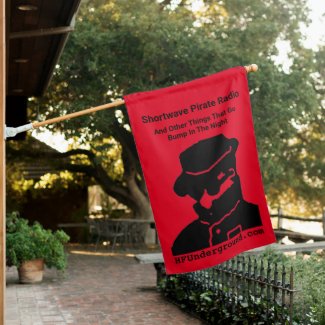Four Course Radio System
Amateur Radio experimental

beacon (WA4SZE/B) is located at 10125.9 Khz
and the system is located in Tennessee.
The one ham band that I continue to monitor once in awhile is 30 meters.
When this beacon came on I was as curious as some and did find the
operators website and a video explaining his experiment.
www.wa4sze.comIf you want to understand the principle of a Four Course Radio Range watch the video on this site. Though interesting to a degree quite a commotion has developed from those who enjoy the limited bandwidth on this shared spectrum allocation and the “big signal” constant signal produced by this experiment. I do not post this in order to render any opinion on the “mob attitude” which has developed over the beacons presence. It does not concern me.

My comment and this posting is based on several observations while “watching” and listening to this signal during daylight hours. I notice quite regularly that the carrier which contains both the letters “A” and “N”
can be copied as well as the steady A-N combination as propagation changes.
From the website theoretical explanation as an aircraft circles the beacon the received radio signal should produce three different receptions; either the letter “A”, a carrier with a mixture of “A+N” or the letter “N”. This effect would be produced as the aircraft circled the beacon position.
What I see from my stationary point is the reception of all three combinations as propagation changes. Since the ground antenna array is designed to produce a sharp pattern this indicates that ionosphere reflection occurs as the beacon is monitored from a distance. Most likely in actual use, as when an aircraft is on a closer approach to the beacons location, the signal will produce the effect as demonstrated on the website. From a greater distance a large range of uncertainty is certainly evident.
This is no great surprise perhaps, but as the graphic indicates, this change can take place within seconds as monitored from my central Florida location. I find this interesting and would like to hear comments from others.
Amelia where is that Island?

And the beat goes on-
weaksigs



